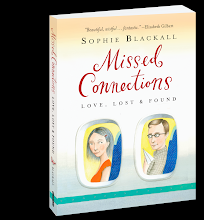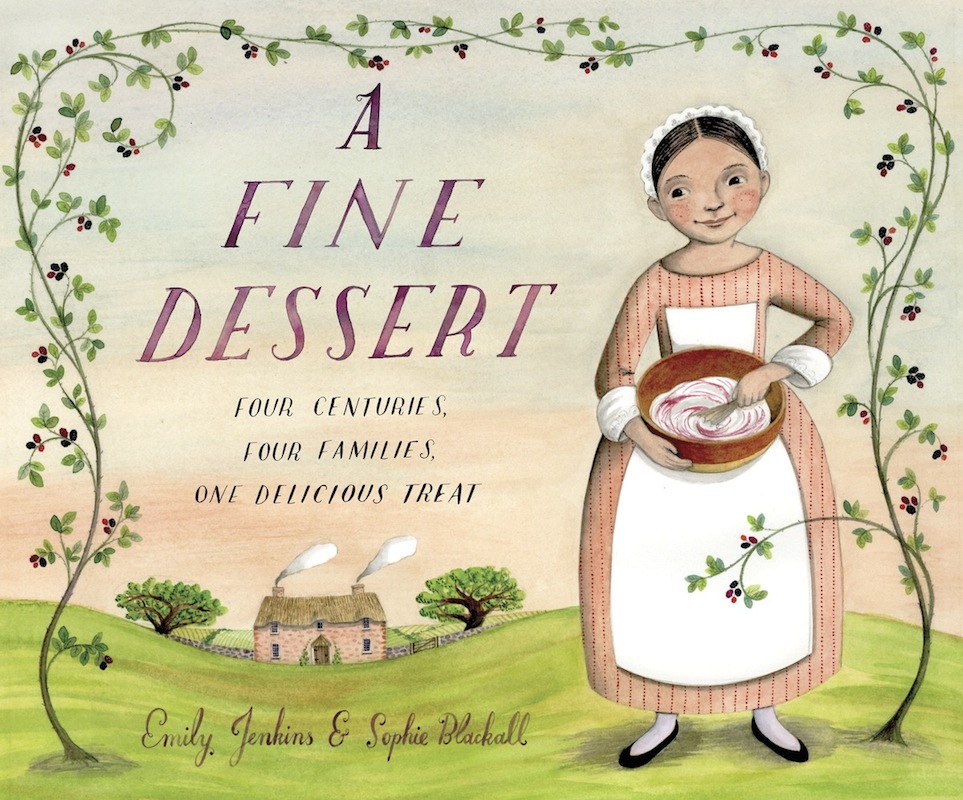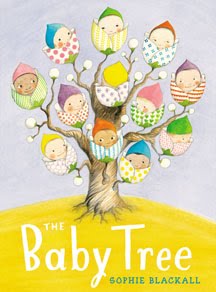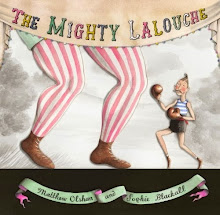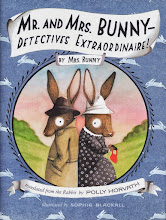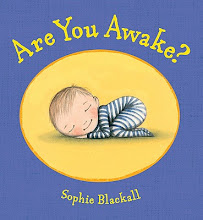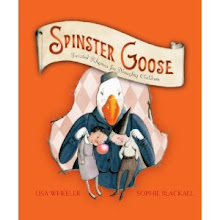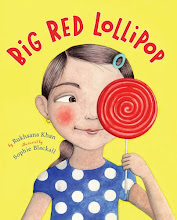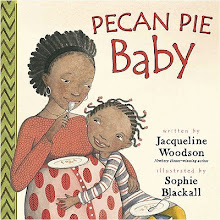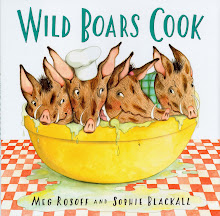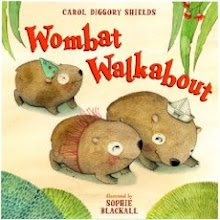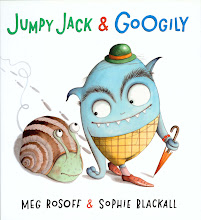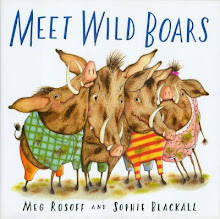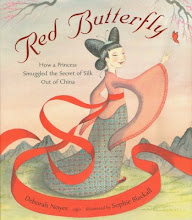Not that I really need to justify a trip to England, but I really, truly had things to do there that couldn't be done on the internet, like visiting the archives of the London Zoo (for another book, more on that to come) and to do an Ivy and Bean Day event at the wonderful bookshop,
Ottie and the Bea in South East London. But while I was there, visiting family in Somerset,
A Fine Dessert was never far from my mind. Call me obsessed; you wouldn't be the first.
My cousin and his wife live in a ridiculously picturesque hamlet in Somerset. I'm not going to tell you what it's called because you'll all want to go there and the hamlet dwellers would be mad.
They live next door to this excellent pig called Blossom...
And down the lane from this fairytale Medieval roundhouse built by their friend the local thatcher...
...who also makes cider.
It was harvest time at the local cider mill...
...which was momentarily distracting...
...but I was looking for blackberries.
The lanes were dripping with them...
...and just dripping, generally.
But in the evenings they turned golden.
The blackberries were smaller and firmer than their American counterparts (I draw no cultural observations here)...
...and the fool we made came out a deep purple, almost tarmac color. But was equally delicious.
There were more thatched farmhouses than you could poke a stick at.
And we visited Montacute which has a wobbly hedge...
And through the wobbly hedge, is an ice house.
In
A Fine Dessert, in 1710 the farmer's wife and her daughter made the blackberry fool, then Emily Jenkins writes, "They carried the mixture to an ice pit in the hillside. It chilled near sheets of winter ice, packed with reeds and straw." I have been reading everything I can find about ice pits and ice houses and the making of iced desserts in the 18th century. This ice house was constructed in a similar way to a stone well. I couldn't quite imagine where the dish of blackberry fool would be placed to chill. I'm wondering whether perhaps they would have transported small chunks of the ice back to the kitchen instead. Emily suggested I write to Lynne Olver, the expert food historian at the
Food Timeline, and I'm holding my breath for her response. In the meantime I drew a sketch of them carrying the mixture to the icepit in the hill, because it would make a nice image, and a perfect excuse to paint the English sky. But we'll see what Ms Olver says.
ps The one tree hill I used in the drawing is part of the cider mill. Click below to visit their website.

























.+Entrance+to+Ashley+Hall+near+Charleston,+South+Carolina.+Gibbes+Museum+of+Art,+Charleston,+South+Carolina..jpg)

